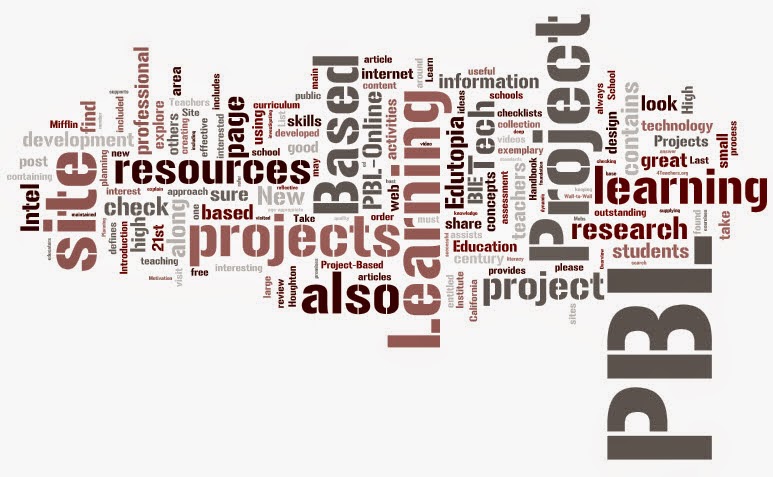Seven Essentials for Project-Based Learning
One essential is "need to know". Give the students a good reason to know what you want to teach them. A way that could be more fun way to learn. John Larmer and John R. Mergendoller call it an "entry event". A second essential is to have a "driving question". This gives the student a sense of purpose. They like the challenge. The criteria should be an open-ended, complex and linked to the core of what you want students to learn. This question will be the support of your project. The third essential is " student voice and choice". This gives the student more of a choice about the project. The teacher can have a list of their choices but more of an option. The fourth essential is "21st Century Skills". This should include collaboration, communication, critical thinking, and the using technology. The teacher should teach and assess these skills and also allow the student to assess themselves. The fifth essential is "inquiry and innovation". The students do not simply use books, websites, or other resources, they use their own questions to find innovation which leads to new questions. The sixth essential is "feedback and revision". Feedback needs to be available throughout the entire project so students know what they can improve while they are still working on it. It teaches students that they won't always get it right the first time. The seventh and last essential is "a publicly presented project". The students will put more work into a project that is being presented in front of a real audience. The project will have better quality because they will not want to embarrass themselves in front of people.
Project Based Learning For Teachers
There is no more "busy work" for students. They are spending a certain amount of time answering a certain question, the driving question. It requires students to have an end product and for them to share their learning. It also includes the common core studies. It improves the collaboration skills, communication skills, critical thinking skills, and career and life skills. You also use technology! Students are taking charge of their learning.
PBL- High School Math
Not a lot of people think math could be in project based learning. Teachers are learning how to use this in a math class. They are more focused on the learning now then on the tests they are being giving. PBL is only used in certain concepts because it can not be used for everything without losing content.
What Motivates Students?
If you give a student praise for doing well on something, it makes them feel good about themselves. Instead of giving the student negatives reviews of their work. Also, their future motivates them. They want to be able to support themselves and family. They also want to have a good job. Getting into college is also a major motivator. They are also motivates by being able to do extra curricular activities. Teachers can have in classroom motivators to help with students attitudes and grades.
Ten Sites Supporting Digital Classroom Collaboration in Project Based Learning
One website is Titan Pad. It is a great way to share a document. You don't need to sign in or an email to use this website. Also Wall Wisher is a website that has virtual post-it notes on a virtual wall. Then you have Corkboardme is a program is used for a group project that includes collaborative activities. Google Docs, which we use in this class, is used for for sharing documents and online collaboration. Microsoft Live is also used for collaboration tools. Today's Meet is a way to run a back channel in the classroom. A plus side is you do not need hash tags, logins, or accounts. Will you type with me is like Titan Pad but has some more capabilities like attaching more than Word files. It also has a timeline function. Linoit is an online electronic classroom display board. It is available anywhere. Skype in Education is a communicating program. Quick Screen Share helps you share your screen with anyone.

Hi Jennifer!
ReplyDeleteI enjoyed reading your post. You used a lot of sources that I didn't so it was interesting to read. I like that you listed and created link for the ten sites supporting digital collaboration.